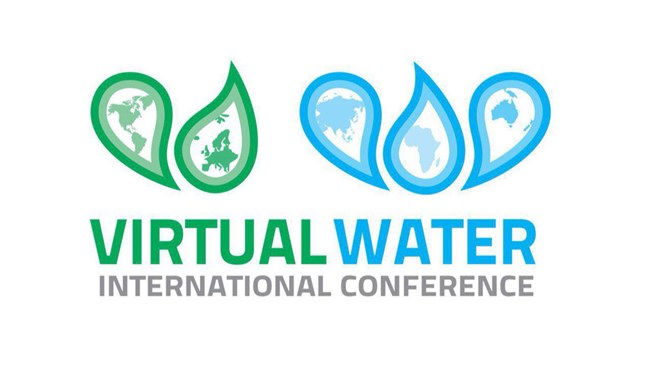The press conference for the first-ever International Conference on Virtual Water in Iran was held on Saturday to analyze the effective use of water in agriculture in light of the country’s looming water shortage.
“Because the virtual water theory can encounter many complications and has considerable details, it is imperative that a precise and inclusive study is undertaken regarding its potential consequences,” Mohammad Hossein Shariatmadar, the head of the National Center for Strategic Studies on Agriculture, was quoted as saying by the official website of the Iran Chamber of Commerce, Industries, Mines and Agriculture.
He added that the conference, which is to be held on April 29-30, will provide a good opportunity for introducing virtual water, a theory that must be implemented meticulously.
The official, who is the executive secretary of the conference, said the manner of cultivation is very important, citing self-sufficiency in wheat as an example.
According to Shariatmadar, to produce 300 grams of wheat about 30 years ago, one cubic meter of water was consumed, which figure has risen to 630 grams about 10 years ago, prompting self-sufficiency celebrations.
However, “officials agree that self-sufficiency at all costs is simply not worth it”, Shariatmadar said. “It must be done based on the capacity and efficiency of water usage.”
Abbas Keshavarz, a deputy agricultural minister who is also a member of the scientific and executive committee of the conference, said the first step to implement the virtual water theory is to create a national consensus over it.
“All the weak and strong points of the theory must be identified first so that we can successfully implement it,” he said, stressing that the final cost and efficiency of water usage will be key factors. Virtual water refers to the hidden flow of water when food or other commodities are traded. For instance, it takes 1,600 cubic meters of water on average to produce one metric ton of wheat. The precise volume can be more or less depending on climatic conditions, agricultural practice and food trading.


